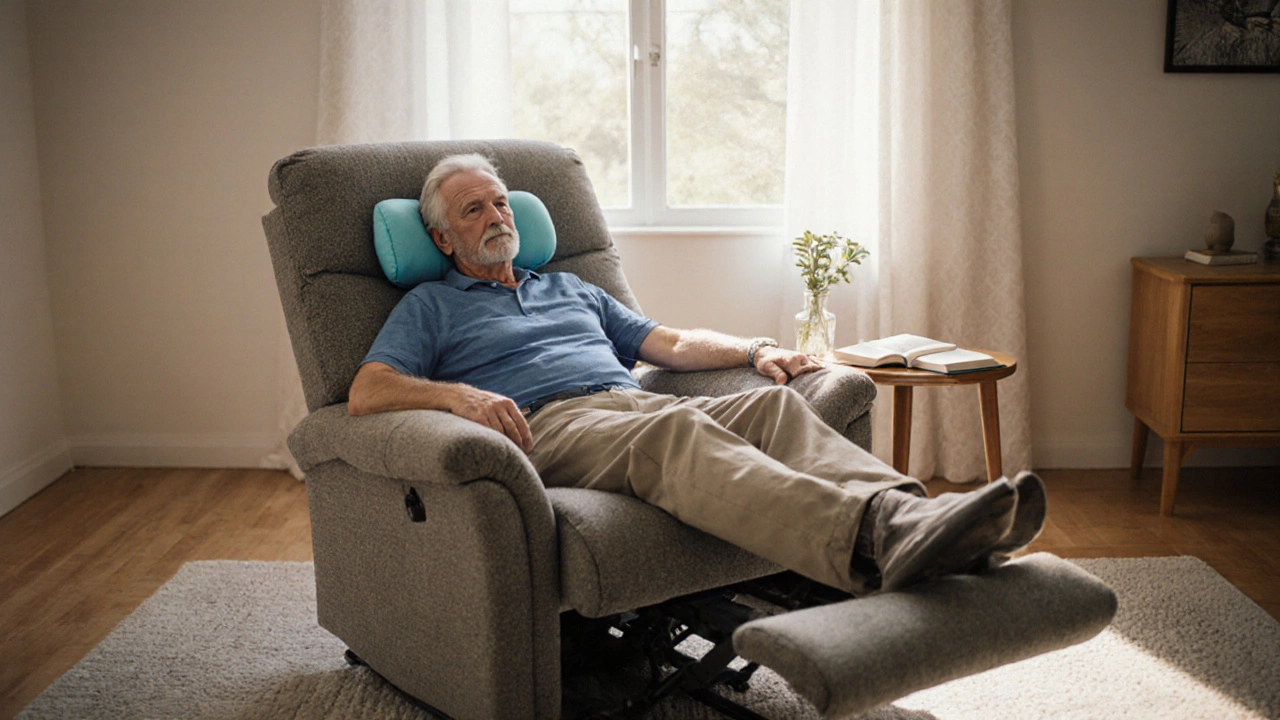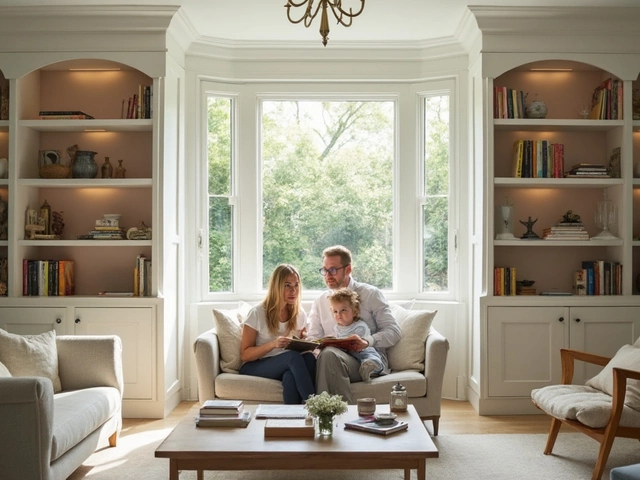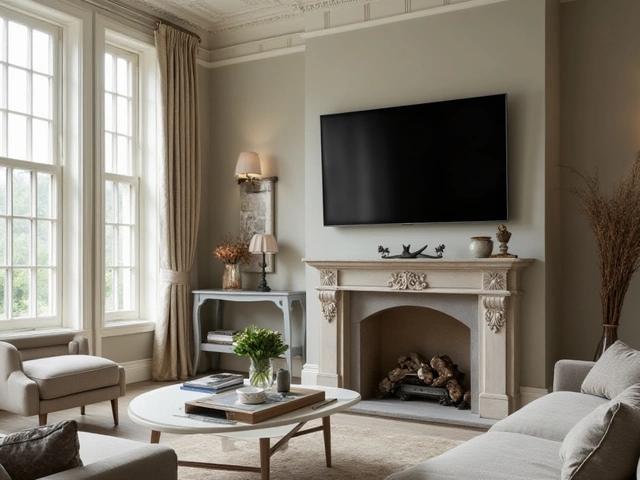Lumbar Support Recliner: Comfort That Keeps Your Back Healthy
When you sit in a lumbar support recliner, a chair designed with built-in curvature to cradle the natural arch of your lower spine. It's not just about leaning back—it’s about keeping your spine in a position that reduces strain, especially after long hours of sitting. Many people think any recliner is good enough, but without proper lumbar support, you’re risking stiffness, muscle fatigue, and even long-term back issues. This isn’t just for older adults or people with existing pain—it matters for anyone who sits for work, study, or relaxation.
Ergonomic recliner, a chair engineered to match the body’s natural shape and movement is the key term here. Unlike basic recliners that let you sink into a slump, a true ergonomic model holds your lower back upright, takes pressure off your discs, and helps your hips stay aligned. That’s why people who use them for reading, watching TV, or even napping often report less morning stiffness. But here’s the catch: not all recliners labeled "ergonomic" actually deliver. Look for adjustable lumbar pads, not just fixed cushions. The best ones let you slide or inflate the support to match your exact spine curve.
Posture support chair, a broader category that includes office chairs, dining chairs, and recliners designed to maintain spinal alignment shares the same goal as a lumbar support recliner: prevent slouching. But recliners add one big advantage—recline angle. When you lean back slightly (110 to 130 degrees), your spine takes less pressure than when you’re upright. Combine that with good lumbar support, and you’re giving your back a real break. That’s why doctors and physical therapists often recommend them for people with chronic lower back pain. But don’t mistake comfort for safety. Sitting in a recliner all day, even a good one, still slows circulation and tightens hip flexors. That’s why movement matters just as much as the chair.
If you’ve ever felt numbness in your legs after sitting too long, or stiff hips when you stand up, your recliner might be the culprit—not because it’s bad, but because you’re using it wrong. The right lumbar support recliner doesn’t just cushion you—it encourages better habits. You should be able to rest your feet flat on the floor or a footrest, keep your knees slightly lower than your hips, and feel your lower back hugged, not pushed forward. It’s not magic, but it’s science—and it works when done right.
You’ll find plenty of posts below that dig into the real effects of recliners on circulation, sleep, and daily comfort. Some explain why your legs ache at night. Others show how to pick one that actually helps—not hurts. There’s even a guide on why walking after sitting feels hard, and how your chair plays a role. These aren’t just tips—they’re lessons from people who’ve lived it. Whether you’re shopping for your home, office, or classroom, what you learn here will help you choose smarter, sit longer, and feel better.





